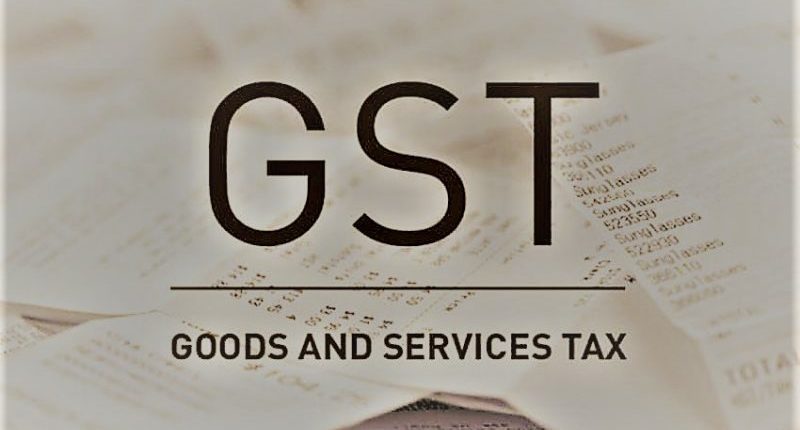Although the GST system brought many businesses together under the framework of ‘One Nation, One Tax’, few apathies of the taxpayers remain to be addressed. Also, the COVID-19 pandemic has severely affected the GST collections. The gross revenue for June 2020 is Rs.90,917 crore and the trend of ‘below 1 lakh crore mark’ may continue for the next few months.
Here’s a summary of the hits and misses of the GST in the past three years.
Hits in GST Regime
- GST has garnered a large taxpayer base
GST registration volume by the end of March 2020 had grown almost twice the number that stood in July 2017 at about 64 lakh taxpayers who had migrated from the previous regime. The number of GST registered taxpayers was 1.23 crore as on 31st March 2020 in three years.
- E-way bill system completed two years successfully
In April 2020, the e-way bill system completed two years since its implementation from 1st April 2018 across India. It led to the unification of the permit bill systems across the nation, allowing logistics to suffer lesser hindrances en-route the delivery. Use of technology has indeed provided for a smooth movement of consignments and fewer confrontations with the officials.
- Finetuning the GST legislation
The GST law has undergone substantial changes from its original shape and form as of 1st July 2017. Through nearly 353 regular notifications, 330 notifications on GST rates, 146 circulars and 38 orders, significant improvements have been made to meet the demands of taxpayers, simplify procedures and prevent tax avoidance.
- GST Council stands as a pillar for GST implementation
The GST Council continues to take critical decisions from time to time for a smooth implementation of GST law. The CBIC has notified almost 80-90% of the decisions made by the GST Council. On most of the occasions, the taxpayers’ woes have been dealt with in a timely and efficient manner. On several instances when the states and centre have been at loggerheads, fair decisions have been passed showcasing the cooperative federalism nature of the Council.
Also Read: Here’s Why It’s the Best Time to Invest in Index Funds
Misses in GST Regime
- Delay in implementing the new GST returns system
There has been some delay in bringing the new return system into force. Due to the delay, the present return system needs to be relooked for effective filing and processing of the returns. With COVID-19 pandemic in 2020, the new return system may be implemented on a full-fledged basis only by next year. There are several difficulties for taxpayers in the present system such as the manual approach for reconciling the input tax credit, no automated link between GSTR-1 and GSTR-3B for the flow of data, capturing the uploaded export details in GSTR-1, revision of GST returns not allowed, etc.
GSTN has been continuously plugging these gaps. With more time for taxpayers to upload GSTR-1 and GSTR-3B without late fee, GSTN may be able to address these issues under the present return system effectively. It is evident with the latest system and API updates such as Nil filing of GSTR-3B and GSTR-1 through SMS, the inclusion of more details in GSTR-2A return like GSTR-1 filing date, the GSTR-3B filing status of every supplier and invoice amendment details, auto-calculation of liability in GSTR-3B from GSTR-1 data, etc.
- Implementation of rule 36(4) of the CGST Rules – 10% provisional ITC
The intention of bringing the 10% provisional ITC restriction in GSTR-3B was noble to counter the growing menace of fake input tax credit claims and avoid administrative burden later. However, the present system of GSTR-1, 2A and 3B was complicated to enforce the same.
Identification of differences between GSTR-2A vis-a-vis GSTR-3B and the purchase register by a taxpayer needs time and efforts to be invested every month. It also necessitates communication between the supplier and the recipient to sort out any discrepancies regularly.
It has also resulted in cash crunch problems, due to the delay by the supplier in reporting invoices. However, the government has suspended the rule until September 2020. By then, the suppliers would have uploaded most of the invoices from March 2020. However, it may require more efforts by the recipients to reconcile then.
Furthermore, GST refund on accumulated ITC is not allowed against those invoices not reflected in the GSTR-2A. Such repercussions will negatively impact genuine recipients too.
Implementation of rule 36(4) could have been postponed to be covered under the new GST return system. It would have allowed the necessary system to be in place to identify differences in a more automated manner.
- Simplifying GST rate structure and its rationalisation
The GST Council must soon take a call on bringing down the number of slabs in GST rate structure to two or three from the present five. It could be on account of falling monthly GST collections due to COVID-19 situation, but the matter needs a thorough check before resolution.
Around 50% of the items fall under the 18% tax bracket. It is advised that raw materials on specific vital industries and essential sectors be brought down to 12% or lesser tax bracket.
Moreover, the industries facing refund delays due to the inverted rate structure have to be addressed in the upcoming Council meetings, and the corrections must be expedited.
- Further time to claim the transitional tax credits
The transitional tax credits are the assets of the taxpayers who migrated into GST from the previous tax regimes of excise and service tax. It should be allowed to be claimed for an indefinite time. Considering the hindrances that taxpayers faced previously on GST portal, a further time could be provided to them to claim these credits.
The government has already allowed such taxpayers who faced technical difficulties on the online portal to claim the credits up to 31st August 2020 (vide latest CBIC notification number 55/2020 dated 24th June 2020). However, some of the taxpayers have genuinely missed due to being technically impoverished.
Similar to the amnesty provided for GSTR-3B return defaulters, the government must reopen the option to claim transitional credit for all migrated taxpayers.
- Contradicting Advance Rulings among states
There have been several instances, recently being GST on directors’ remuneration, when the regional authority for advance rulings in a state has issued a verdict that contradicted with another state, for a particular case.
Even though the GST Council proposed the establishment of the National Authority for advance rulings in 2019, the same is yet to take place.
In her message, on GST Day 2020, Union FM Smt. Nirmala Sitharaman highlighted that GST had come a long way in simplifying the tax administration based on stakeholder feedback. Further efforts are, however, needed to ease tax compliance.
She also congratulated CBIC officers for their excellent work during these COVID-19 test times and went beyond the call of duty to help and handhold taxpayers. Also, the record amount of refunds disbursed to ease taxpayers’ cash flow during this period appreciated.
For any clarifications/feedback on the topic, please contact the writer at annapoorna.m@cleartax.in
Annapoorna, popularly known as Anna, is an aspiring Chartered Accountant with a flair for GST. She spends most of her day Singing hymns to the tune of jee-es-tee! Well, not most of her day, just now and then.





